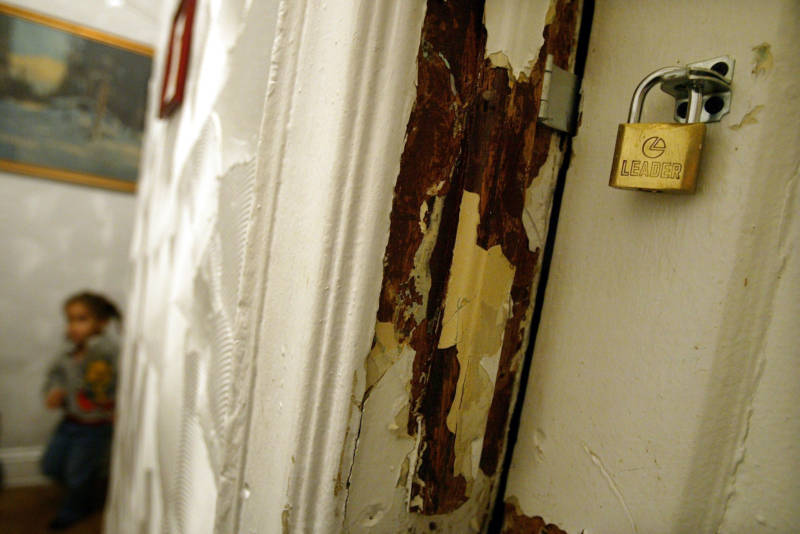Three paint manufacturers will pay $305 million to eight counties, including many in the Bay Area, and three cities to clean up lead paint, which poisons tens of thousands of children in California every year, the San Francisco City Attorney’s Office said Wednesday.
California Counties to Get Share of $305 Million Lead Paint Settlement After Decades of Litigation

The settlement came nearly 20 years after litigation initiated by the Santa Clara County Counsel’s Office began. Under the agreement, the defendants — ConAgra Grocery Products Co., Sherwin-Williams Co. and NL Industries Inc. — will pay the funds to Santa Clara, Alameda, Los Angeles, Monterey, San Mateo, Solano and Ventura counties; the city and county of San Francisco; and the cities of Oakland and San Diego.
The communities will split up the funds based on the number of homes with lead paint in each area.
“Today’s settlement holds former manufacturers of lead paint responsible for the harm they have caused to generations of California’s children,” Santa Clara County Counsel James R. Williams said in a statement.
The agreement ensures resources will go to address the lead paint crisis and give local governments flexibility in dealing with “this pervasive environmental hazard,” San Francisco City Attorney Dennis Herrera said in a statement.
“Lead paint has created a public health crisis for communities in California and across our nation,” he added.
In statements responding to the settlement, ConAgra said it was “pleased to have reached a resolution,” while NL said that, though the company “disputes it has any liability for any nuisance,” it looks forward to ending the litigation.
“This litigation … challenged the companies’ legal advertising of lead-based paints over a century ago when lead-based paints were the ‘gold standard’ and specified for use by the federal government, as well as state and local governments across the country,” Sherwin-Williams said.
“The agreement among the parties dissolves the residential lead paint abatement program that plaintiffs sought from the court and represents a significant reduction in their recovery.”
Young children are particularly vulnerable to lead poisoning, and its effects are irreversible. Lead paint can harm a child’s nervous system and brain. High amounts of exposure to it can damage major organs and even lead to death, according to the state’s Childhood Lead Poisoning Prevention Branch.
Lead paint was banned for residential use in 1978, but remains in millions of homes in California and is the leading cause of childhood lead poisoning statewide, said the San Francisco City Attorney’s Office.
Santa Clara County Superior Court ruled in 2014 that the three manufacturers were liable for knowingly marketing lead paint, a toxic product. The court ordered the manufacturers to clean up lead paint in homes built before 1978 in the three cities and eight counties.
California’s Court of Appeal in 2017 limited the manufacturers’ liability to clean up homes constructed before 1951.
With Wednesday’s settlement, each of the cities and counties can immediately access abatement funds and craft cleanup programs for their communities.
